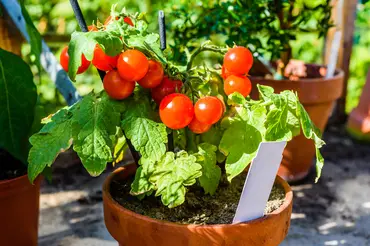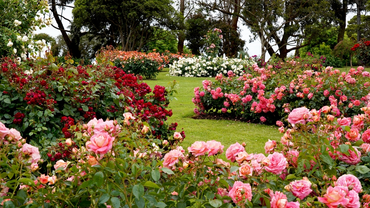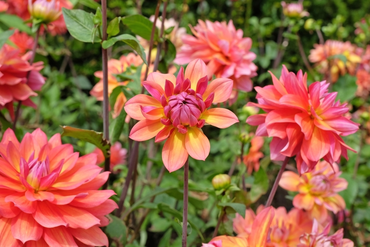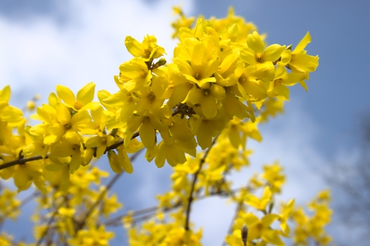 Raspberries are a deliciously succulent fruit. Eat them raw with some cream or ice cream or cook them in a crumble with some seasonal apples or rhubarb. Yum!
Raspberries are a deliciously succulent fruit. Eat them raw with some cream or ice cream or cook them in a crumble with some seasonal apples or rhubarb. Yum!
It’s fair to say we love raspberries here at Carpenter’s Nursery, so we have plenty of great advice if you are ready to plant some raspberry canes in time for spring.
The Benefits of Growing Your Own
Shop-bought raspberries can be quite expensive, so if you love to eat or cook with raspberries, you will save a fortune by growing your own. Plus, you are guaranteed a steady supply of fruit throughout the growing season.
Kids love to pick fruit (and eat it!), so why not grow raspberries for your children or grandchildren? You can send them out with a container to pick some fruit. Don’t be too surprised if they eat as much as they pick!
The Best Time to Plant Raspberries
Raspberries are harvested from June to October, depending on which variety you choose to grow. This means now is a great time to start planting dormant raspberry canes. Plant raspberry canes any time between now and March, but the soil must not be frozen or too waterlogged.
Choosing a Suitable Spot in the Garden
Choose a nice sunny spot in an area of well-drained soil. Because raspberries need support as they grow, it’s a good idea to plant your raspberry canes against a fence or wall. If you don’t have a suitable spot, you’ll need to construct or buy a frame to support the plants as they grow. Do this by knocking some posts into the ground and stringing wire supports between them.
Ground Preparation and Planting
Once you have selected a spot, dig over the soil and fork in some organic matter, such as well-rotted manure or garden mulch. Next, plant your canes around 40cm apart for summer fruit varieties and 60cm apart for winter fruit canes. They need to be planted at a depth of 3”. Press the soil down firmly around each cane and water generously. Once your canes are in the ground, cut them back to around 9” to encourage growth at the base of the stem.
Container Planting
You can grow raspberry canes in containers, but they need plenty of room. Select a container at least 24” in diameter. Use soil-based compost, as this doesn’t dry out as quickly. Plant your raspberry canes around the edge of the container, press the compost down firmly, and water them generously.
General Hints and Tips
Keep your raspberries well-watered, especially during hot, dry weather.
Whilst it’s fine to plant raspberry canes in containers, as we’ve mentioned above, they are best moved into the beds after three years if you want them to continue producing a glut of fruit.
Give your raspberry canes a regular feed with potash-based fertiliser during the growing season. This will encourage them to produce copious quantities of delicious, succulent fruit.
Finally, use netting to protect your fruit from the birds. Otherwise, all your hard work will be in vain.
Happy planting!




